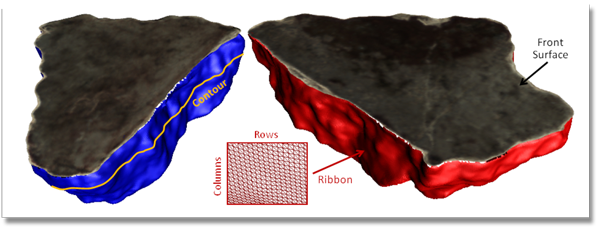
Learning How to Match Fresco Fragments
Learning How to Match Fresco Fragments
Thomas Funkhouser, Hijung Shin, Corey Toler-Franklin, Antonio Garcia Castaneda, Benedict Brown, David Dobkin, Szymon Rusinkiewicz, Tim Weyrich.
Eurographics 2011 Special Area Track on Cultural Heritage, Llandudno, UK, April 2011
Abstract
One of the main problems faced during reconstruction of fractured archaeological artifacts is sorting through a large number of candidate matches between fragments to find the relatively few that are correct. Previous computer methods for this task provided scoring functions based on a variety of properties of potential matches, including color and geometric compatibility across fracture surfaces. However, they usually consider only one or at most a few properties at once, and therefore provide match predictions with very low precision. In this paper, we investi- gate a machine learning approach that computes the probability that a match is correct based on the combination of many features. We explore this machine learning approach for ranking matches in three different sets of fresco fragments, finding that classifiers based on many match properties can be significantly more effective at ranking proposed matches than scores based on any single property alone. Our results suggest that it is possible to train a classifier on match properties in one data set and then use it to rank predicted matches in another data set effectively. We believe that this approach could be helpful in a variety of cultural heritage reconstruction systems.


